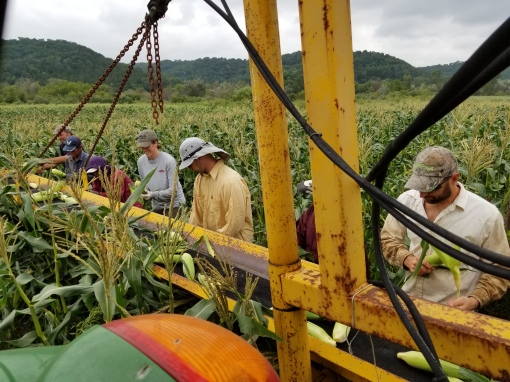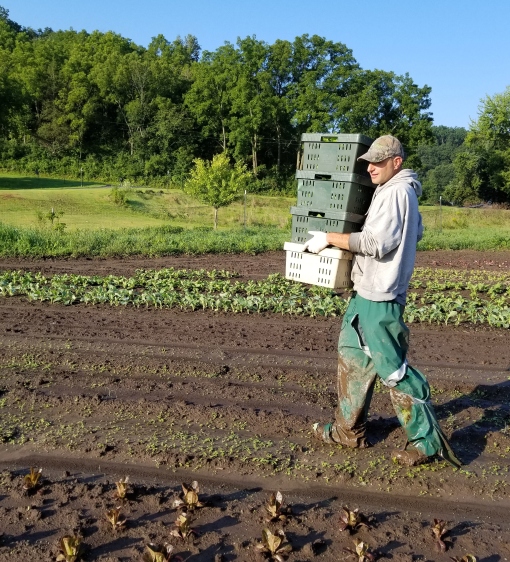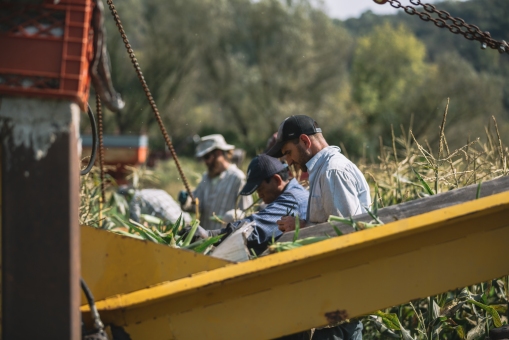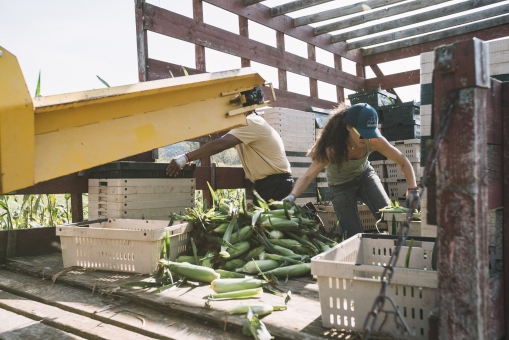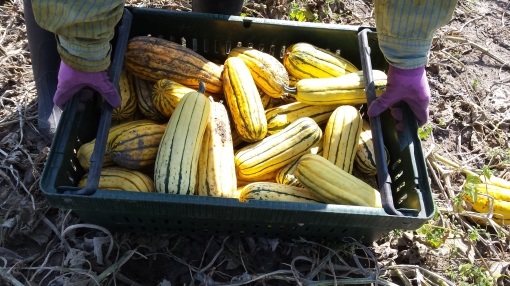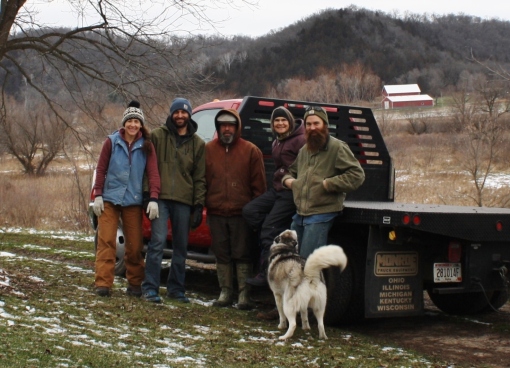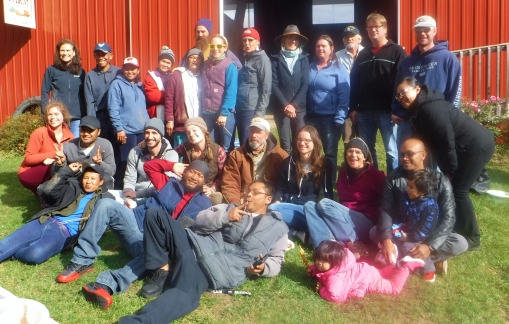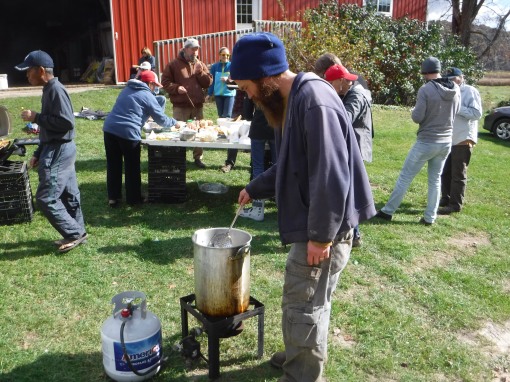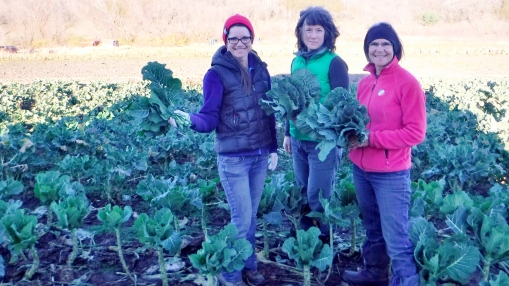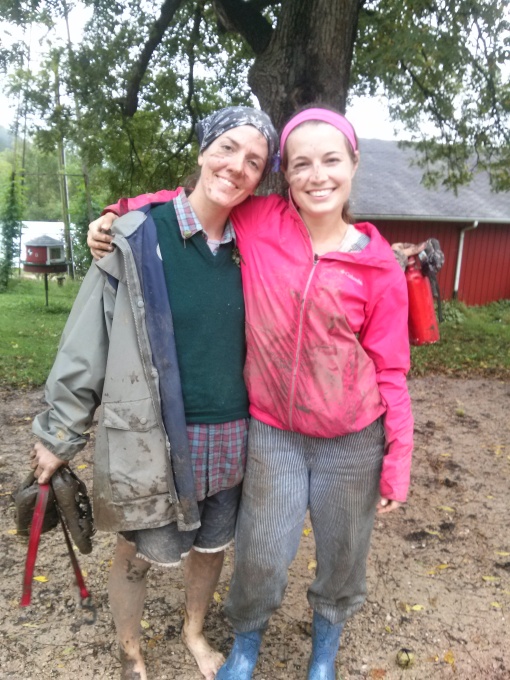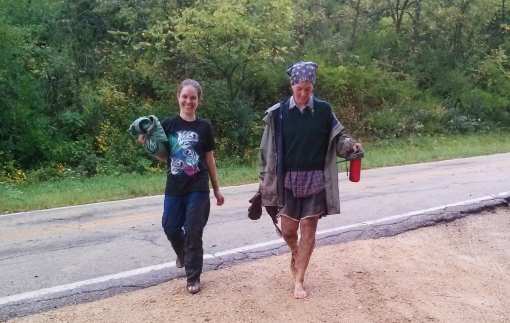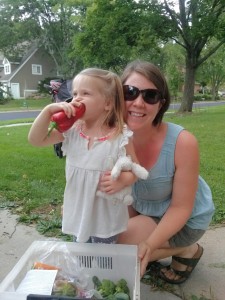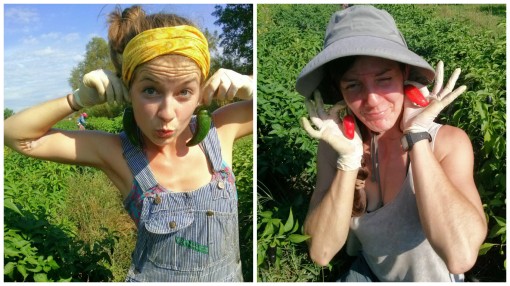Unprecedented rains fell in northwest Dane County. Our neighbors in Black Earth, Mazomanie and Cross Plains were hit hard and many had to evacuate as flood waters came into their homes. The flooding in those areas was caused by the rising waters in the Black Earth Creek. This farm escaped the tremendous flooding! Yes, we did get many, many inches of rain, but no standing water in any of our fields. Water rushed through in areas, mainly in grassy waterways. The fields are very muddy, making access to them by foot or vehicle difficult. The driving rains did knock over a sweet corn field and shredded the red lettuce for our salad mix. But we do what we can and only harvested the green lettuce for the salad mix this week.
As many of you may know, we also have a large field in Arena where we grow most of our potatoes. That field goes under water frequently. As David and I drove to Arena Monday night to check out the field, we first drove into Mazomanie to witness the roads in the village flowing like a river. We got stopped at Hwy 14 because of water over the road and then wound around through high back roads to get to our field. Wow, no standing water. The potato field was spared!
Employees had a hard time figuring out how to get here on Tuesday morning, their routes disrupted by water over roads. Everyone eventually made it!
My heart goes out to all of you who were impacted by the flooding in Madison, Middleton and beyond. Mother Nature throws some pretty crazy stuff at us sometimes and then we pull together and do what we need to do to get through it.
There will be a bountiful array of food delivered this week!
Barb

Tuesday morning, 6:45. Jesse and Eric look at the peppers that were pushed over by the driving rains. Eric, Jesse and Barb were the only three in the fields. All other employees were struggling to get to the farm over flooded roads.
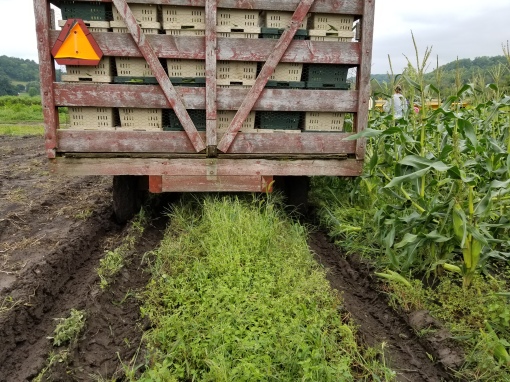
The wagon carrying the corn was sinking as it was pulled along. At one point the tractor was almost stuck. Yikes!
